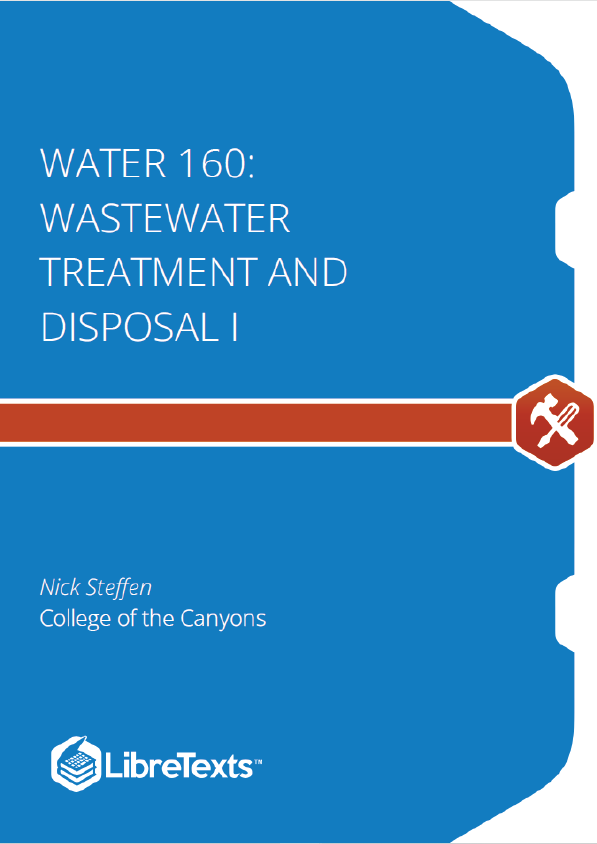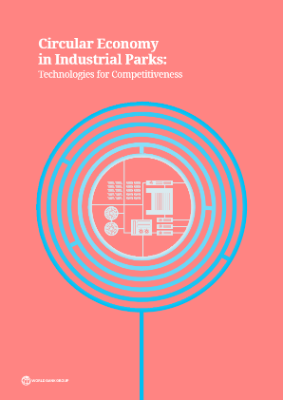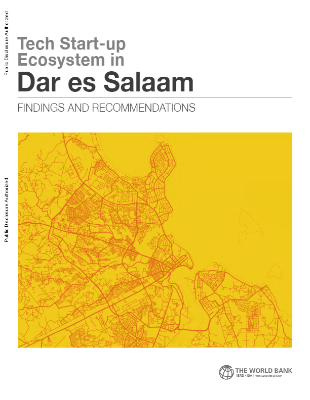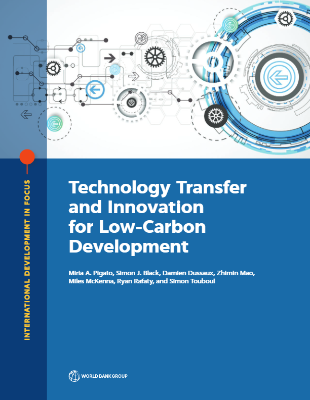This text presents the basic operating principles and techniques of conventional wastewater treatment processes including preliminary treatment, primary treatment, and secondary treatment, as well as wastewater quality assessment, wastewater collection, and wastewater disposal. Assists in preparation for Grade 1/2 Wastewater Treatment Plant Operator Certificate examination given by the State of California Water Resources Control Board.
Introduction
Proper wastewater treatment and disposal is essential for the vitality of a functioning society. Without it, a community’s environment can be severely polluted and the health of the public is at great risk. To better understand the relationship between wastewater treatment and water treatment and distribution, examine the urban water cycle. Like the typical hydrologic cycle, which shows the natural movement of water in the environment, the urban water cycle shows how water is moved in an urban environment.
In some cases, wastewater that has been treated by a wastewater treatment plant will be discharged back into a natural water body. Water from that water body will then be used by downstream communities as source water for their water treatment plants. If either of these two treatment facilities are not operating to current regulations and standards, public health is at risk. In addition, if the wastewater treatment facility is not operating properly there can also be additional environmental damage to the water body.
Currently, there is a paradigm shift in water treatment and the line between water, wastewater, and stormwater is becoming thinner and thinner. For example, the use of reclaimed water from wastewater treatment plants can be used for various beneficial uses instead of being discharged into a water body. The term “One Water” is being used more frequently to encompass the idea that all of these water sources are beneficial and more innovation is needed to use these sources more efficiently. However, the focus of this textbook will be on the inner workings of a conventional wastewater treatment plant. The goal is to give you the vocabulary and knowledge needed to understand how wastewater treatment operators can take a contaminated water source and treat it to a level of quality that will not endanger the environment or public health.
The term wastewater has become the common term to describe sewage. In fact, when we talk about conventional wastewater treatment plants we are talking about facilities that take the used water from residences and businesses of a community and clean it up. Wastewater is anything and everything that goes down the drains of these households and businesses. All the water from sinks, garbage disposals, toilets, dishwashers, bathroom drains, and washing machines are considered residential wastewater. There is also commercial or industrial wastewater. Many manufacturing processes that use water, typically for washing or cooling purposes, need to properly dispose of this water. In some cases, this wastewater may be treated onsite before it is discharged into the wastewater collection system. Some municipalities will require the manufacturer to obtain an industrial waste permit that regulates what they are allowed to discharge.
Wastewater Treatment Plant Operators
A wastewater treatment plant operator’s main responsibility is to ensure the wastewater treatment facility is being operated and maintained so the wastewater leaving the facility meets the limits of their National Pollutant Discharge Elimination System (NPDES) permit. We will learn the specifics of exactly what an NPDES is in later chapters. Throughout the rest of this book, we will look at the main roles and functions that wastewater treatment plant operators do every day.











